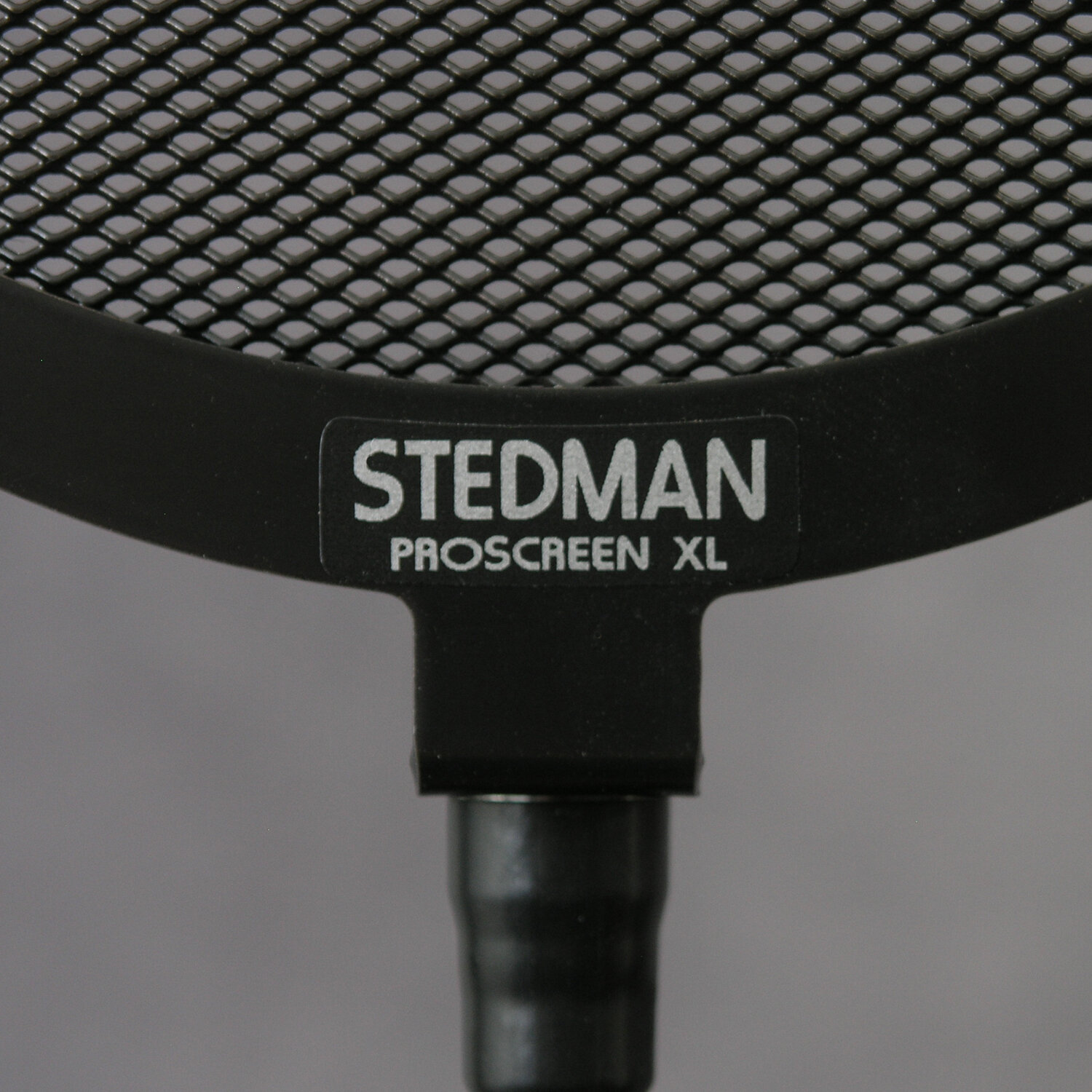- Joined
- Feb 23, 2016
- Messages
- 23,571
- Likes
- 44,328
Here is an overlay of 3 omni microphones. Blue is the Umik 1. Red is a CAD M179 in omni mode. It has 1.2 inch diaphragms I think. An LDC in any case. The green trace is an Avantone CK-1 omni pencil condenser. I think .5 inch diaphragm. I applied calibration curves to all. The Avantone and CAD I created the cal curves from overly smooth looking frequency response curves. There are a few areas they differ, but I'm surprised how they mostly are pretty close to the same. I'm using 1/6th smoothing for the display. Each grid line is 1 db in this. case.
I think it is safe to say using the published curves as cal files any of these omnis would not lead you terribly astray for measuring in room response of speakers. Most especially in regard to woofers down below 200 hz. I was measuring the same speaker from the same mic location to do this. While I was careful I know the positioning of the mic diaphragm is no better than nearest 1/4 inch. I'd expect some considerable portion of the variance at the higher frequencies is due to less than perfect positioning.

Same graph as above only at 1/12th smoothing.

Here is psychoacoustic smoothing in REW>

I think it is safe to say using the published curves as cal files any of these omnis would not lead you terribly astray for measuring in room response of speakers. Most especially in regard to woofers down below 200 hz. I was measuring the same speaker from the same mic location to do this. While I was careful I know the positioning of the mic diaphragm is no better than nearest 1/4 inch. I'd expect some considerable portion of the variance at the higher frequencies is due to less than perfect positioning.
Same graph as above only at 1/12th smoothing.
Here is psychoacoustic smoothing in REW>
Last edited:
